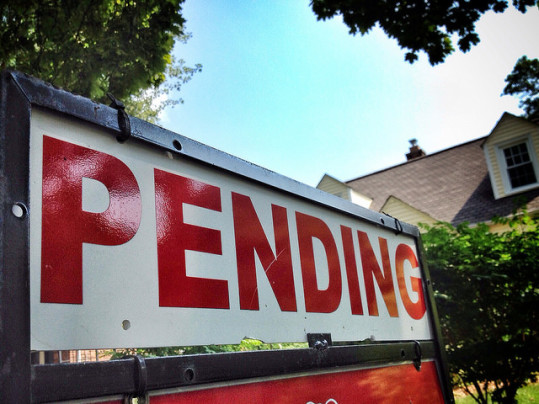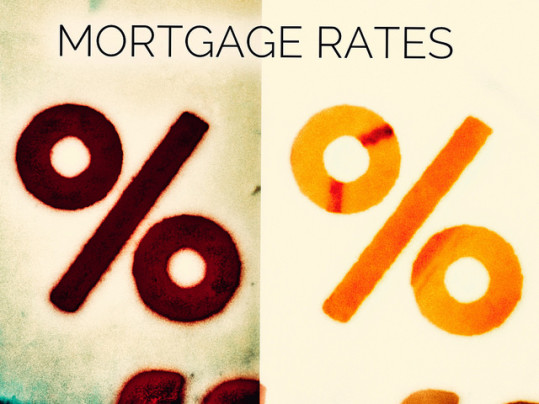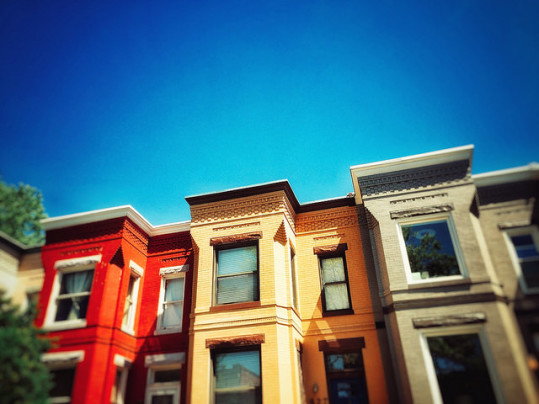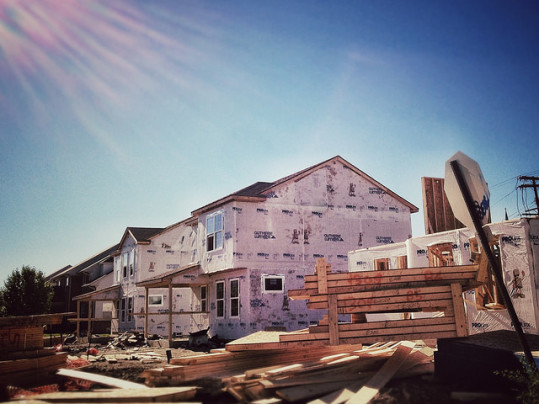From all accounts, there are a lot of Americans interested in buying a home this year. Whether it’s because of sustained job market improvement or mortgage rates that remain low compared to where they’ve been historically, home buyers are ready to buy. However, in many markets, there are too few homes available for sale to accommodate the level of buyer interest. Because of this, home sales numbers may start to reflect the imbalance. For example, the National Association of Realtors’ most recent Pending Home Sales Index shows the number of contracts to buy homes last month was down 0.8 percent from the month before, marking the third consecutive decline. Lawrence Yun, NAR’s chief economist, says supply is the issue. “Buyer interest is solid, but there is just not enough supply to satisfy demand,” Yun said. “Prospective buyers are being sidelined by both limited choices and home prices that are climbing too fast.” So what does that mean for buyers this summer? Simply put, home buyers should expect to find competition for available homes. That means, buyers need to be pre-approved, prepared to make a strong offer, and ready to move quickly when they find a home that matches their needs and goals. More here.
Archive for June 2017
Mortgage Rates Steady As Jumbo Demand Falls
According to the Mortgage Bankers Association’s Weekly Applications Survey, average mortgage rates were largely flat last week, with little significant movement on rates for 30-year fixed-rate mortgages with both conforming and jumbo balances, loans backed by the Federal Housing Administration, and 15-year fixed-rate loans. But though rates remained steady, demand for mortgage applications fell from the week before. Michael Fratantoni, MBA’s chief economist, told CNBC the drop in application demand was driven by buyers seeking jumbo loans, rather than entry-level home buyers. “We’re seeing indications that entry level buyers continue to come into the market as jumbo borrowers looking at bigger homes step back,” Fratantoni told CNBC. “Last week, the average loan size for home purchase dropped to its lowest level since January.” Despite last week’s drop, however, application demand for loans to buy homes remains 8 percent higher than it was at the same time last year. The MBA’s weekly survey has been conducted since 1990 and covers 75 percent of all retail residential mortgage applications. More here.
Real Estate Rebound Should Surpass Last Year
If you read real-estate news regularly, you may get the impression that homes right now are less affordable, buyers are less interested, and homeowners are less likely to sell than in the past. But, taking a big-picture view of where things are may give you a very different impression. Take Freddie Mac’s most recent monthly outlook, for example. According to the report, the housing market is on track to exceed last year on a couple of different fronts, including sales and the number of new homes that are being built. And that’s saying something because last year was the best year in a decade in both categories. Sean Becketti, Freddie Mac’s chief economist, says, though there have been some recent setbacks in the news, they are likely to be reversed. “After a strong March, the housing market, from housing starts to new and existing home sales, took a hit in April,” Becketti said. “The recent declines are likely to reverse as low mortgage interest rates and solid job gains boost the housing market.” In other words, while it’s true that challenges remain, it’s also true that conditions remain favorable in many ways. Mortgage rates, for example, have been more down than up in recent weeks and the labor market continues to add jobs, making it easier for Americans to feel confident and secure in their financial situation and ability to buy a house. More here.
How Long Will The Housing Market Stay Hot?
Like any market, the housing market has its ups-and-downs. For the last several years, though, it’s consistently been on the rise with no sign of slowing down. That means, home buyers have increasingly been met with higher home prices and listings that sell more quickly with every passing month. On the other hand, homeowners who have recently sold a house have enjoyed all the benefits of a seller’s market. But for how long? One recent report says there are signs that prices may soon begin to moderate and surveyed Americans seem to agree. The research, from ValueInsured, shows consumers overwhelmingly feel now is a good time to sell a house but they are less sure about the future. In other words, there’s a feeling that prices may have peaked and things are going to begin to level off. And there’s evidence that’s already happening in a few areas of the country where the housing market rebounded more quickly than in others. However, like anything else, conditions can change from one neighborhood to the next and, while price increases may be starting to slow in one area, they may still be on the rise in another. More here.
New Home Sales Rise But So Do Prices
Following news that sales of previously owned homes rose in May, the U.S. Census Bureau and the Department of Housing and Urban Development released their estimate of how many new homes were sold during the month. According to the report, new home sales were up 2.9 percent and are now nearly nine percent above last year’s level. The increase is welcome news after April sales experienced the largest one-month decline since last year. However, the report also contains news that new home prices are now at a record high. The median sales price of new homes sold in May was $345,800; the average price was $406,400. Price increases are largely being driven by a lower-than-usual number of homes for sale combined with high buyer demand. But why, if there are so many buyers, aren’t builders building more houses? Well, one reason is a lack of available building lots. The shortage of lots has been a consistent complaint among builders, who have been eager to take advantage of elevated buyer traffic. But despite fewer homes for sale, a strengthened labor market and still-low mortgage rates are keeping buyers interested and active in the market. More here.
Sales Of Previously Owned Homes Up In May
Sales of existing homes fell in April but bounced back in May, according to new numbers from the National Association of Realtors. May sales of previously owned homes rose 1.1 percent and are now 2.7 percent higher than they were at the same time last year. Lawrence Yun, NAR’s chief economist, says home buyer interest continues despite some challenges. “The job market in most of the country is healthy and the recent downward trend in mortgage rates continues to keep buyer interest at a robust level,” Yun said. “Those able to close on a home last month are probably feeling both happy and relieved. Listings in the affordable price range are scarce, homes are coming off the market at an extremely fast past and the prevalence of multiple offers in some markets are pushing prices higher.” Homes are, indeed, selling quickly. In fact, the typical for-sale property in May sold in just 27 days, down from 29 days the month before. That’s the fastest recorded time since the NAR began keeping records six years ago. Also in the report, sales rose across all four regions of the country, particularly the Midwest and West. More here.
Demand High As Mortgage Rates Remain Low
According to the Mortgage Bankers Association’s Weekly Applications Survey, average mortgage rates remained low last week. In fact, rates were mostly flat across all loan categories, including 30-year fixed-rate mortgages with both conforming and jumbo balances, loans backed by the Federal Housing Administration, and 15-year fixed-rate loans. Low rates didn’t spur a spike in demand, though, as home buyers and homeowners looking to refinance largely stayed level from the week before. Still, though demand was relatively unchanged from one week earlier, the previous week ended at a new high for the year, which means demand for loans to buy homes remains 9 percent higher than at the same time last year. Lynn Fisher, MBA’s vice president of research and economics, told CNBC that lower rates are encouraging for Americans looking to make a move. “Both the 10-year Treasury yield and the 30-year conventional mortgage fixed rate held steady last week keeping rates well below the recent highs,” Fisher said. “The recent pause in the upward movement of interest rates continues to encourage late-to-the-game borrowers to refinance and to assist those ready to purchase.” The MBA’s weekly survey has been conducted since 1990 and covers 75 percent of all retail residential mortgage applications. More here.







